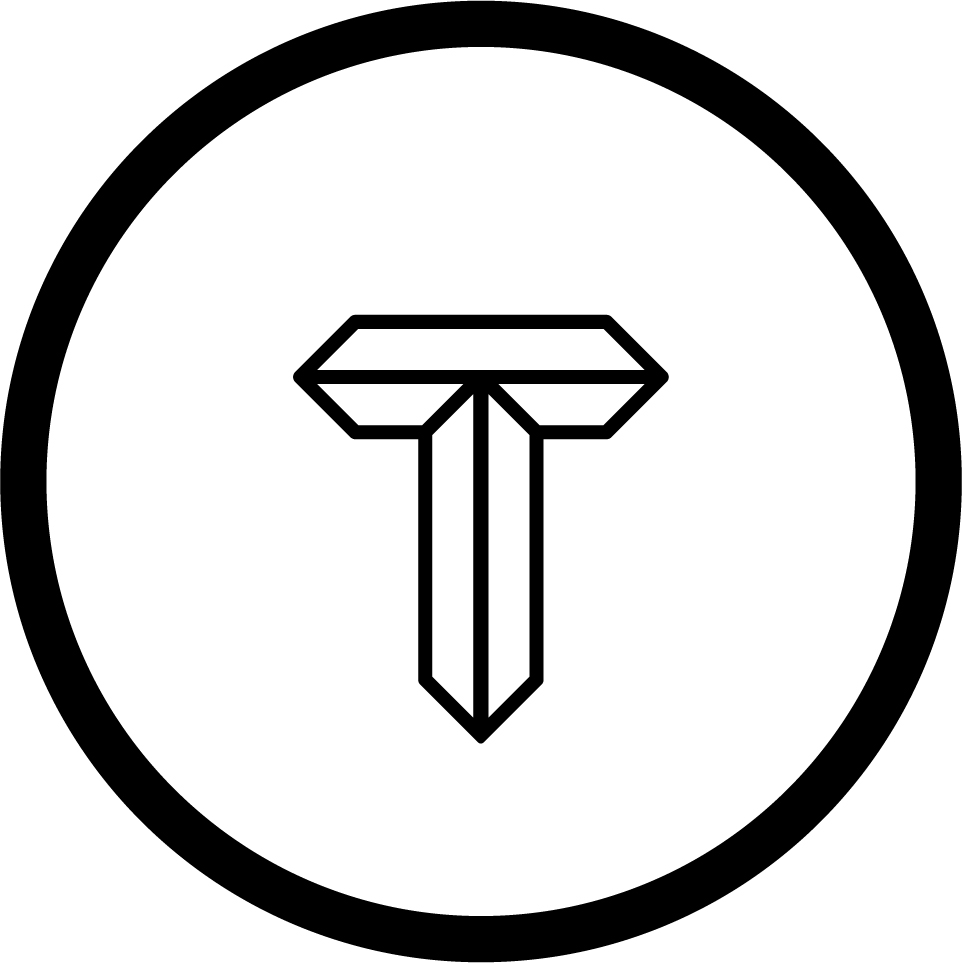During a golf club fitting, there are quite a few things you can learn about your game and which clubs may be best for you. However, some players make the mistake of not knowing much about the data parameters that they are being given as they are in their fitting. If you don’t know much about ball speed or smash factor, or carry distance, your fitter will likely explain this to you. However, it pays to have a general understanding before you enter your golf club fitting. Here are five fitting stats worth knowing before a golf club fitting.
Smash Factor
During a golf fitting with True Spec, there is quite a bit of information collected. Your master fitting professional will take this information and turn it into something that you can translate into a new golf club. One of the key words you may hear during your fitting is smash factor.
The smash factor is how your club head speed is being transferred to your ball speed. If you have a fast club head speed but not a high ball speed, there is a disconnect somewhere that needs to be adjusted.
Smash factor is determined by dividing a player’s ball speed by their club speed.
Carry/Roll/Total Distance
Distance is not as simple as it may seem. There are three distance data parameters that are important for golfers to know during a club fitting. These are carry distance, roll distance, and total distance.
The carry distance may be the most critical factor for something like an iron shot. This will tell you how far your iron travels and where it will land. Most players get a few yards of additional roll, but when determining shots that go over a hazard, your carry distance is essential.
Total distance for something like a driver will help with comparing one club to another.
Vertical Launch Angle
The vertical launch angle is the angle of your golf shot when it takes off. This is important because it will impact the entire flight of your golf shot. There are ranges and guides for optimal launch angles. If you can get close to optimal launch angles, you can have better distance and a shot that will land close to the pin and stop.
Angle of Attack
When you hit a golf ball, the club will either be moving on a downwards path or an upwards path. Depending on which club you have in your hand, this may need to be adjusted to help you with better ball striking. The angle of attack is measured as a positive or a negative number.
Back Spin
Back spin is something we see professionals get on many of their shots. However, most players are getting back spin on their shots even if it is not the same amount as the professionals. During a golf club fitting, each golf club you test will have an optimal spin rate. Spin is measured in RPM, and something like a sand wedge will have much higher spin rates than a driver.





